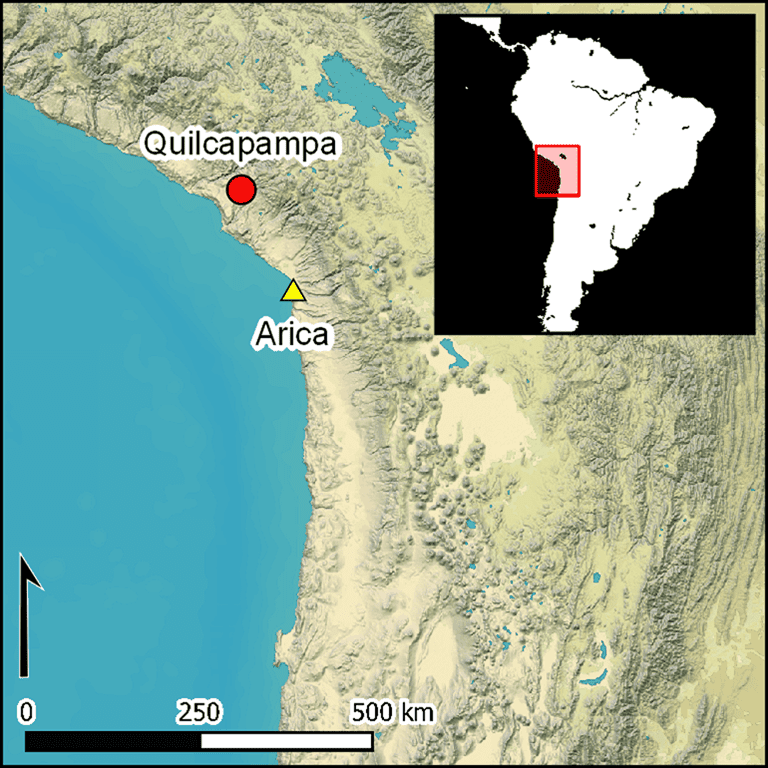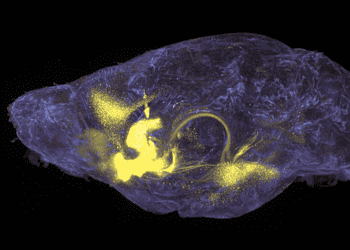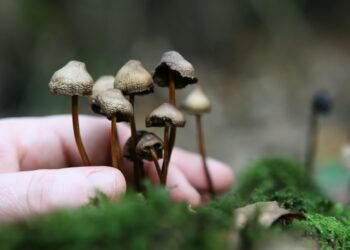The elites of the ancient Wari empire in Peru, which ruled the highlands of the country from 600 to 1,000 AD, used communal drugs and beer to maintain their political control for thousands of years, according to a new study. Archaeologists believe that hallucinogenic from a native tree were added to beer during their massive feasts.

Previous studies have highlighted the role that chicha, a beer-like drink still consumed today in many Andean countries, played a key role in the culture of the Wari — a civilization that flourished in the south-central Andes and coastal area of modern-day Peru, whse used to host big parties for their neighbors. Now, the discovery of a psychotropic tree in a Wari brewery suggests they combined the two intoxicants for a bigger punch.
Archaeologists from the Royal Ontario Museum made the discovery at Quilcapampa, a former Wari village in Peru, where the remains of what the residents drank and ate were preserved thanks to the arid environment. They found traces of potatoes, quinoa, and molle tree (Schinus mole), used to make chicha with a 5% alcohol content.
So far, nothing spectacular. But among the leftovers, the researchers found hallucinogenic vilca seeds from the Anadenanthera colubrina tree. Previous studies suggest the seeds were used extensively across South America. The earliest evidence, a pipe with the seeds, is from a site in Northern Argentina that dates back 4,000 years.
The Quilcapampa settlement
The Wari arrived in Quilcapampa late in the ninth century. A group of migrant families from the heartlands farther north settled in the area and likely introduced the practice of combining chicha with vilca seeds to strengthen alliances with non-Wari communities. It was a strategy to make friends and also to consolidate political power.
“Our excavations at Quilcapampa have recovered vilca seeds, which were probably imported, in direct association with large quantities of molle used to create the beer for a feast that was held just before the site was abandoned,” researchers wrote. “This was one of many such events hosted by Quilcapampa’s Wari-associated families.”

Similar to the drug ayahuasca, used by Amazonian communities, vilca results in an out-of-body experience. The seeds, bark, and other parts of the tree have tryptamine alkaloids, including the psychedelic substance DMT. Since the effects are weakened if ingested, the Wari usually smoked or grounded the seeds into snuff, the team said.
The molle tree used to make chicha grew near the settlement. But this wasn’t the case of the vilca seeds, which had to be imported from the eastern borders of the Andes and transported over the mountains. Archaeologists found in Quilcapampa painted drinking vessels from the Wari that portray the vilca tree with distinctive seed pods
Vilca was incorporated in communal feasts hosted by the elites, the researchers argue. This helped to cement social relationships and highlight the Wari hospitality. They offered their visitors an experience that wasn’t available elsewhere and couldn’t be easily replicated, as it was too dry in the region near Quilcapampa to grow vilca.
“We argue that the addition of vilca to molle chicha was an effective method for the hosts of Wari feasts to channel its psychotropic effects into a more collective experience,” the researchers wrote. “A host who provides alcohol and food to guests reinforces patron-client relationships, forging an indebtedness that confirms heightened position.”
The study was published in the journal Antiquity.






